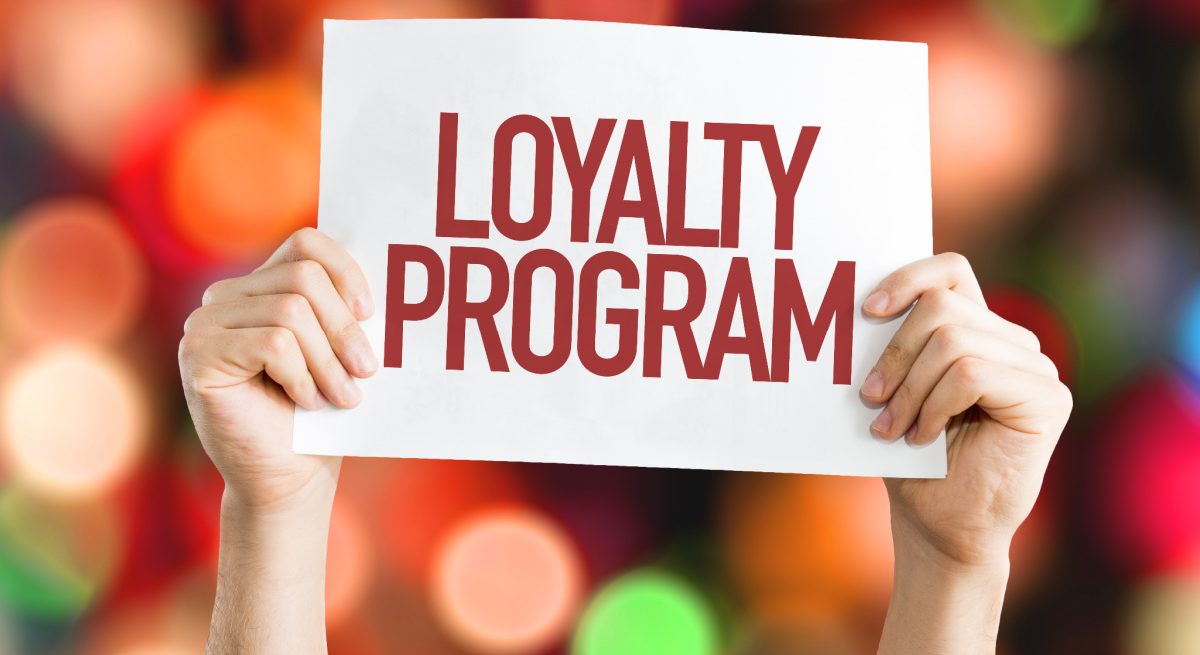Why Restaurants Should Lean Into Loyalty Programs As a Way to Increase Direct Sales
3 Min Read By Mo Chaar
In the midst of the COVID-19 pandemic and the resulting restaurant shutdowns, online ordering has become the go-to method for many customers. As a result, restaurants have turned to third party delivery providers in order to help meet the growing demand for off-premise orders, but these providers are cutting into restaurant’s razor thin profit margins. While third party providers offer increased exposure for many restaurants and can help to widen service and delivery areas, this comes at a cost: third party providers can charge up to 30 percent in fees per sale. So how can restaurants avoid these fees? By using loyalty programs as a way to encourage customers to order directly.
To do this effectively and successfully, brands will need to dive into the customer data gathered from their POS system.
Strong loyalty programs incentivize direct sales and include everything a brand needs to implement a winning marketing strategy, …
While it may be easy to think that a sale is a sale, that’s just not the case. Increasing customer retention rates by five percent increases profits by 25 percent to 95 percent. What’s more, loyal customers spend more. According to a 2018 survey, 15 percent of customers who are loyal to a brand can generate anywhere from 55 percent to 70 percent of that brand’s total sales. Restaurants who aren’t tapping into these opportunities to strengthen customer retention are leaving money on the table. Strong loyalty programs incentivize direct sales and include everything a brand needs to implement a winning marketing strategy, but these programs rely on strong POS data to help guide restaurant owners in the right direction.
The first step in crafting a winning loyalty program is gathering the right data. In general, customers are happy to share their data if they think it will equate to savings, and loyalty programs offer customers just that. With a strong POS system that tracks sales, restaurant owners can tap into their data to analyze customer buying trends, demographics, and average spend per sale in order to identify their top customers and construct specific loyalty programs that resonate. Is there a popular menu item that repeat customers regularly purchase as an add-on? Perhaps customers could get that item for free with enough loyalty points, or receive consistent discounts after spending a certain dollar amount per sale.
Not all loyalty programs find immediate success. Rather, restaurant owners will likely need to tweak their offerings in order to find the method that works best for their customer base. Whether it’s a points-based-system, discounts, or free food, restaurant owners need to have a basic understanding of their customer base and know what it takes to keep loyal customers engaged and invested in the brand. Even the best loyalty program will fail if it’s targeting the wrong customer.
… but these programs rely on strong POS data to help guide restaurant owners in the right direction.
Additionally, restaurant owners should keep a close eye on their strongest customers. They need to continually reach out with targeted email promotions and newsletter campaigns and offer discounts that can only be redeemed through direct orders. Repeat customers should also be the first to learn about new product launches or limited time offerings and receive exclusive discounts as a way to continually reinforce future buying habits. Why should these customers get so much special treatment? Because loyal customers not only spend more money over time but they can also serve as unofficial brand ambassadors, spreading the word about a restaurant to their friends and family. These referrals serve as free advertising and are an easy and effective way to gain new potential long-term customers.
Small restaurants can’t out-spend Uber Eats or Grubhub on national advertising, but they can target local customers and send them unbeatable offers to incentivize direct orders. Restaurants should include details about their loyalty program, with initial discounts for new members, in the packaging for all third party orders.
At the end of the day, loyalty programs are about viewing customers not as one-time contributors to a restaurant’s success, but as valued long-term partners. Investing time and money into developing a thoughtful loyalty program built on a foundation of data gathered from a brand’s POS system will lead to lasting success and an increase in direct sales far into the future.


